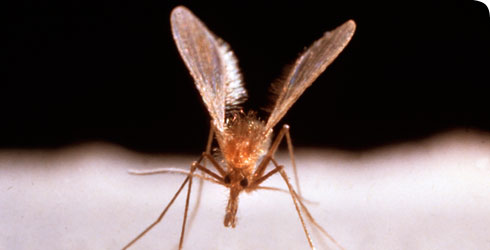Will climate change bring more disease?
The climate is changing and warmer summers can seem like an appealing consequence. But milder temperatures increase the threat of infectious diseases arriving from Europe and further afield.
Until recently, diseases such as malaria, leishmaniasis and Lyme disease were considered exotic ailments but with predicted changes in climate and the right environmental conditions, these diseases have the potential to spread throughout Europe.
Studying disease at the Museum
Natural History Museum scientist Paul Ready is studying leishmaniasis, a disease that is spread by the sandfly. Symptoms of the disease include skin sores, fever and liver and spleen damage.
'A major challenge for this sort of research,' says Paul, 'is to distinguish between what climate change on its own might provoke, and what other environmental changes will be necessary to permit infectious diseases to spread - the ecological needs can be complex.'
DNA research
Insect researcher Shazia Mahamdallie uses DNA techniques to help us understand the spread of leishmaniasis. Watch the video revealing her work.
Toolbox

Last year nearly 100,000 specimens were loaned to scientific institutions and researchers worldwide.
